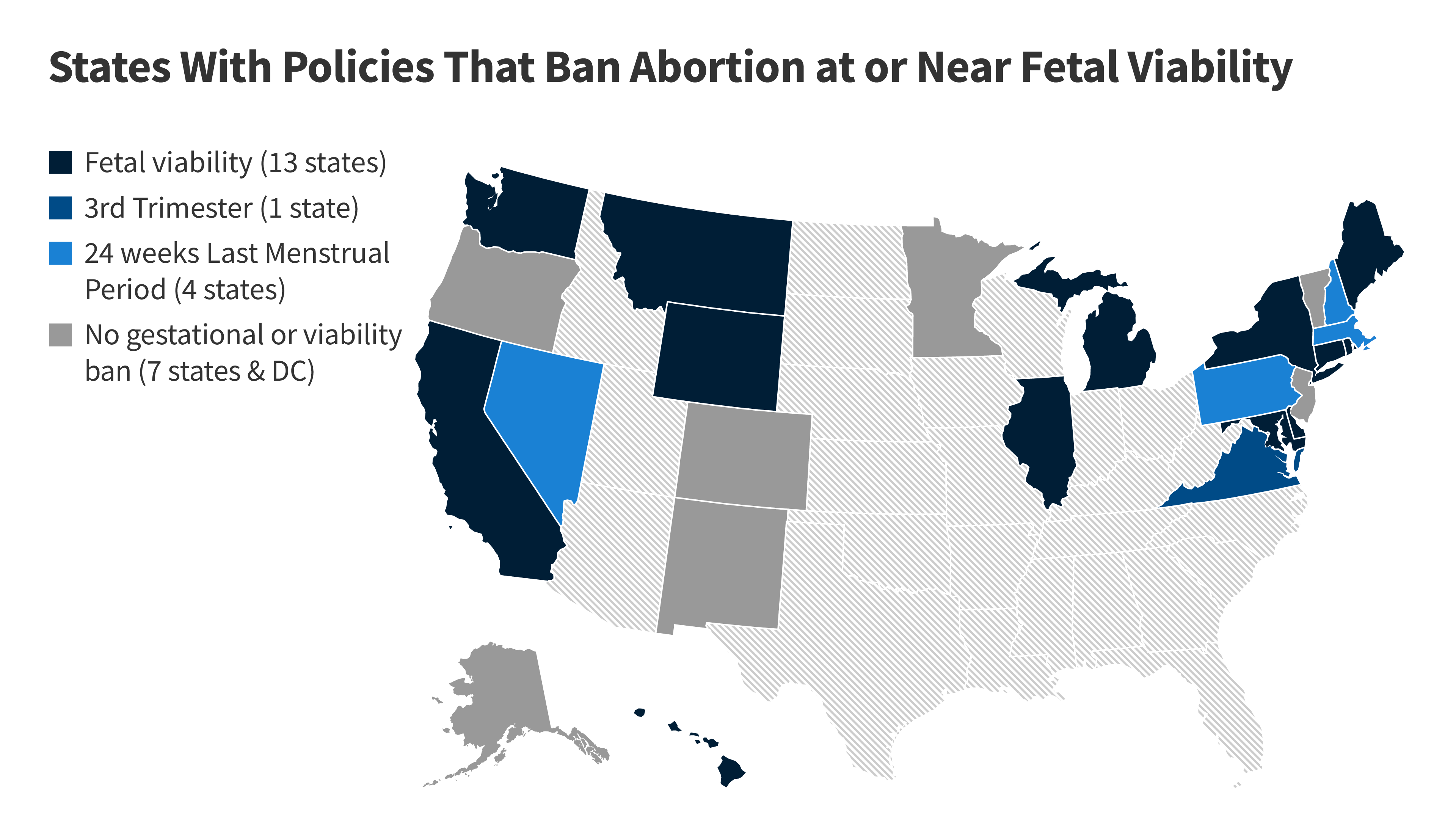A fetus is still not a baby.
This brief explains why individuals may seek abortions later in pregnancy, how often these procedures occur, and the various laws which regulate access to abortions later in pregnancy across the country.

www.kff.org
Abortions occurring at or after 21 weeks gestational age are rare. They are often difficult to obtain, as they are typically costly, time-intensive and only performed by a small subset of abortion providers. Yet these abortions receive a disproportionate amount of attention in the news, policy and the law, and discussions on this topic are often fraught with misinformation; for example, intense public discussions have been sparked after several policymakers have theorized about abortions occurring “
moments before birth” or even “
after birth.” In reality, these scenarios do not occur, nor are they legal, in the U.S. Discussion of this topic is further obscured due to the terms sometimes used to describe abortions later in pregnancy– including “late-term,” “post-viability,” “partial birth,” “dismemberment” and “born-alive” abortions—despite many medical professionals criticizing and opposing their use. This fact sheet explains why individuals may seek abortions later in pregnancy, how often these procedures occur, how the concepts of viability and fetal pain play into this topic, and the various laws which regulate access to abortions later in pregnancy.
What is a so-called “late-term” abortion?
“Late term” abortion typically refers to abortions obtained at or after
21 weeks, however it is not an accepted medical term, nor is there a consensus around to which gestational ages it refers.

www.kff.org


